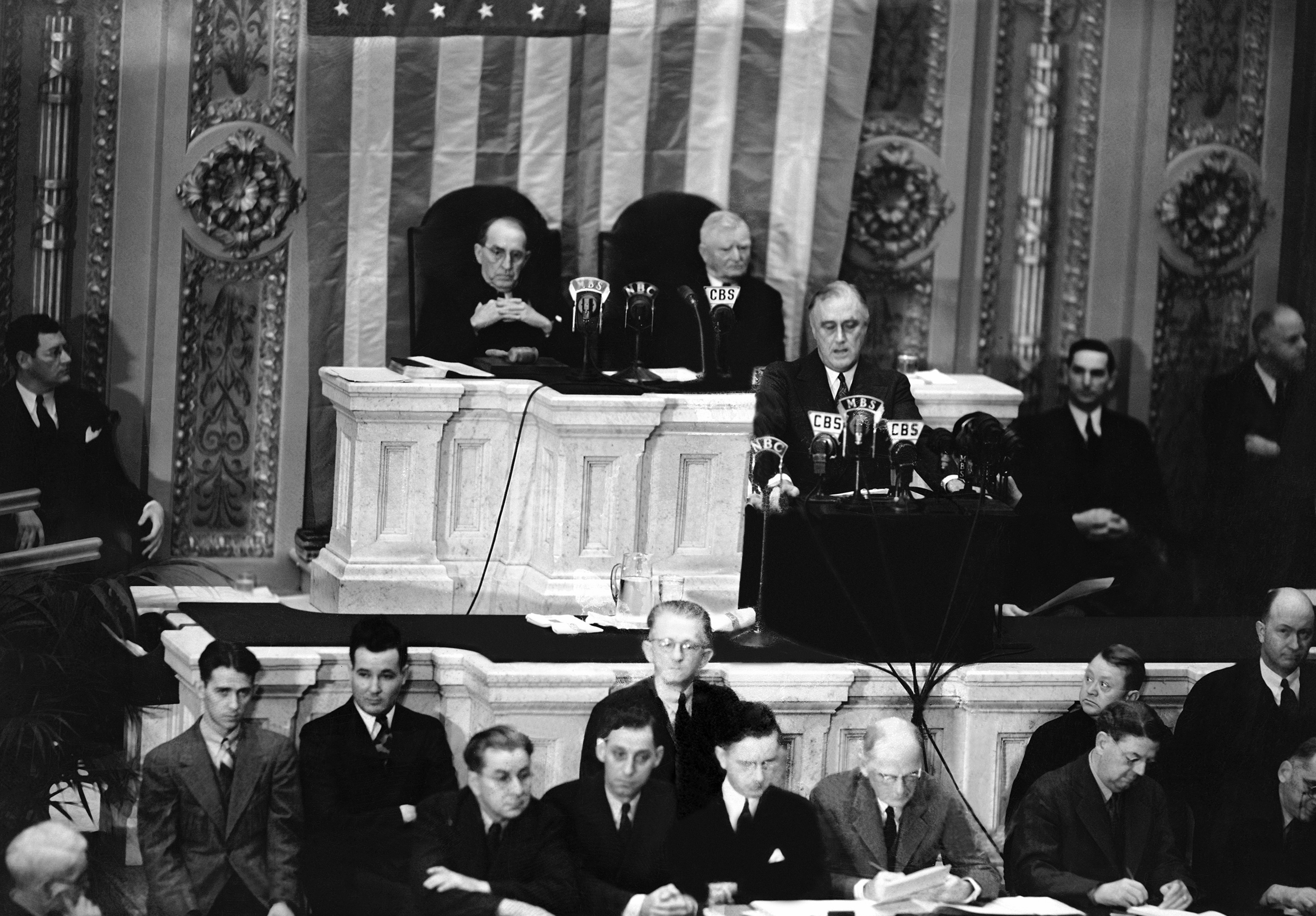Key tax promises advisors and investors should watch for under a Liberal government

Open this photo in gallery: Advisors and investors will be watching closely to see which tax proposals are implemented in the coming weeks.Justin Tang/The Canadian Press With Prime Minister-designate Mark Carney’s Liberals forming the next federal government after Monday’s election, advisors and investors will be watching to see which tax and investment proposals will be enacted. Here are key Liberal campaign planks to watch for: Income tax cut The Liberals proposed cutting the tax rate on the lowest federal income tax bracket to 14 per cent from 15 per cent, effective July 1. For a couple that reports income of at least $57,375 each in 2025, the upper threshold of the lowest tax bracket, the cut would represent savings of $825 in tax for the year. A reduced tax rate on the lowest bracket would be positive for Canadians earning low or modest incomes, says Hemal Balsara, head of tax, retirement and estate planning, individual insurance with Manulife Financial Corp. in Toronto. However, because taxpayers already can claim a basic personal exemption amount of $16,129, the effect of the rate cut would be felt only on income reported above that threshold. If the Liberals proceed with the cut, the value of many non-refundable tax credits would also drop, as under the Income Tax Act, the rate used to calculate these credits is set at the lowest income tax rate. For example, the home buyers’ amount currently provides a first-time home buyer a tax credit of 15 per cent for up to $10,000 in eligible expenses to buy a qualifying home. The rate would drop to 14 per cent if the government reduces the rate on the lowest bracket. Nevertheless, the benefit of the tax cut would be greater than the relative reduction in the value of non-refundable credits, Mr. Balsara says. One-time cut to RRIF minimum The Liberals proposed reducing the minimum amount that must be withdrawn from a registered retirement income fund (RRIF) by 25 per cent for one year. According to the party’s campaign platform, the temporary cut would give retirees “much-needed flexibility to avoid liquidating their retirement savings in a down market to meet current RRIF rules.” Under Justin Trudeau, the Liberals cut the RRIF minimum withdrawals by 25 per cent in 2020 when the COVID-19 pandemic resulted in market volatility. Boosting the Guaranteed Income Supplement The Liberals proposed boosting the Guaranteed Income Supplement (GIS) by 5 per cent for one year, representing an additional $652 in income for the year. The GIS is a non-taxable monthly payment provided to low-income seniors who already receive Old Age Security. Currently, the maximum monthly GIS payment is $1,086.88 for a single, divorced or widowed person with an annual income less than $22,056. Cut GST on new homes The Liberals promised to eliminate the GST on homes that cost up to $1-million and to lower the GST on homes between $1-million and $1.5-million for first-time buyers. The party platform didn’t provide details on how much the GST rate would be reduced on pricier homes. Disability tax credit The Liberals said they would “review and reform” the process to apply for the disability tax credit (DTC). The DTC provides a significant benefit and is also the key to qualifying for a range of other government programs. For example, a Canadian needs to have been approved for the DTC to qualify for the Canada Disability Benefit, a monthly payment for working-age individuals living with disability, set to start in July. Flow-through shares for startups The Liberals said they would introduce flow-through shares for startup companies in artificial intelligence, quantum computing, biotechnology and advanced manufacturing. Flow-through shares allow investors to deduct eligible research and development expenses directly from taxable income. Currently, certain corporations in the mining, oil and gas, and renewable energy sectors may issue flow-through shares to help finance their exploration and project development activities. No capital gains tax hike Mr. Carney said he would scrap the Liberals’ 2024 federal budget proposal to hike the capital gains inclusion rate but proceed with the proposed increase to the lifetime capital gains exemption to $1.25-million from $1-million, effective June 25, 2024.



















